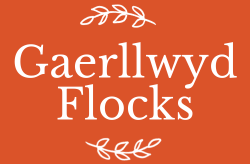Boreray sheep are classified as Critically Endangered by the RBST. This means that there are fewer than 300 registered breeding females in the mainland UK.
A feral population of these sheep exist in the western isles of Scotland. A conservation plan is in place to ensure that there is no interference with the animals living “wild” on the island of Boreray.
We have the genetics of all the originally imported island sheep and have bred to maintain these genetics.
Both “in the wild” and in captivity, most of these sheep are white or cream, with black, mottled, or tan markings. Occasionally black or dark mouflon coloured animals occur (we have photos of these mixed colour groups in our Gallery).
Most ewes are horned, but scurred or polled can be seen. The rams have striking majestic horns.
The sheep are thrifty, they lamb easily, are intelligent and naturally short tailed. In normal breeding conditions, they shed their fleece naturally.
